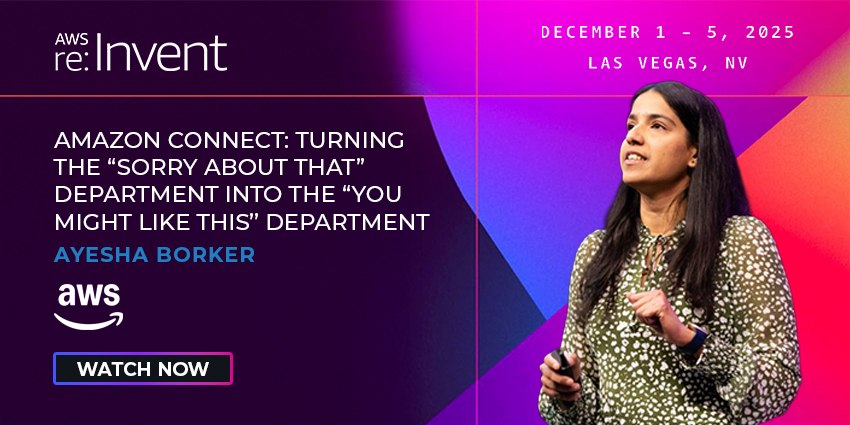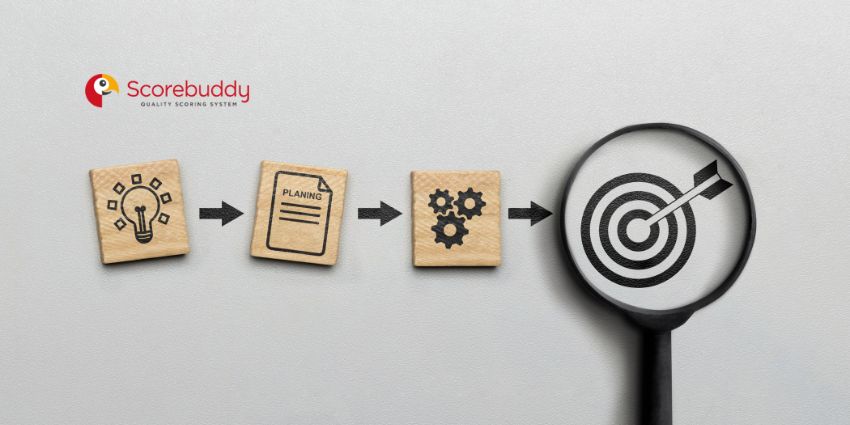Customer experience platforms have never looked so good on paper. The trends of AI-powered routing, predictive analytics, and omnichannel everything mean vendors promise big results, fast. But behind the pitch decks and demos, many organizations are waking up to a more frustrating reality where launching a new CX platform is one thing, and actually getting tangible value from it is another.
Too many projects stall after go-live, teams lose alignment, and reporting breaks down. Customers feel the difference, and not in a good way.
What’s missing? Not features, not even ambition. What’s missing is support; real support. In practice, that’s strategic, technical, business-wide support that doesn’t vanish after the onboarding call.
That’s where CallTower and Inoria come in. For them, services and support aren’t superfluous add-ons. They’re the backbone of CX success, and CallTower and Inoria have the scars (and case studies) to prove it.
Hire a Platform, or Hire a Team?
Modern CCaaS platforms are powerful, but they don’t run themselves. Organizations often fall into this trap, spending a lot of money on the tech and then trying to implement it with whatever resources they have on hand. The result is routine delays, workarounds, and frustration.
It necessitates a change of perspective because this is not a technical failure but a people gap, and it’s precisely the problem Inoria was built to solve.
“Unless an organization is prepared to go out and hire a full team, project managers, solution architects, SIP engineers, telco architects, conversational AI experts, you name it, it’s incredibly hard to match what we provide,” said Joe Bigio, SVP of CCaaS, CX and CAI Solutions at Inoria.
Beyond technical expertise, Inoria’s teams are made up of former contact centre pros who’ve lived on both sides of the wall as vendors and end-users. That experience matters. It means they’re not guessing your pain points, because they’ve already lived them. That means when the pressure’s on, they’re already three steps ahead.
Cross-Functional or Crossed Wires?
Too often, CX projects get trapped in the IT silo. The platform gets installed, tickets get logged, and the business moves on. On paper, of course, in reality, it doesn’t. Marketing needs engagement data, sales wants insights, and operations wants efficiency. Without a support partner who understands the whole picture, things unravel fast.
That’s exactly why CallTower sees itself not just as a tech partner, but a business enabler.
“We’re helping marketing track engagement, sales close deals, and contact centres run more efficiently,” said William Rubio, Chief Revenue Officer at CallTower. “That cross-functional support is key. Without it, you’re just buying tech. We bring the expertise to make it deliver.”
For CallTower and Inoria, it’s not about “managing platforms” but driving outcomes across the business; ensuring the tools are used, understood, and constantly adapted to meet changing needs. That translates in practical terms to ongoing roadmap reviews, strategic planning, and yes, calling out when teams are about to reinvent the wheel with rogue tech.
Go-Live Is Just the Start
Implementation should be treated as the first checkpoint, and not the finish line. However, many organizations treat go-live as job done. Then phase two arrives, and no one’s steering. Reporting gets messy, departments drift, and before long, you’ve got a full-blown shadow IT problem and a platform no one’s really using.
That’s why Inoria and CallTower obsess over what happens after go-live; not just uptime but alignment, analytics, and adoption.
Take the case of one major North American utility provider. With nearly 500 agents spread across multiple departments, they were juggling a legacy contact centre platform that was nearing end-of-life and a completely separate set of third-party bots that were also being phased out. The risk of fragmentation and failure was high.
The turning point came before a single line of code was touched. “We coordinated a major migration, but the key was an on-site discovery workshop,” said Bigio. “We flew out, met with their teams, and did a deep dive into the business. That session alone was a turning point. It helped us build a tailored plan that led to a smooth, successful implementation.”
That one engagement unlocked not just a cleaner transition, but a stronger cross-departmental CX strategy going forward. Inoria stayed involved post-launch, ensuring the teams didn’t drift, dashboards didn’t break, and no one reverted to shadow tools in the background.
It’s this level of long-haul thinking, comprising monthly check-ins, roadmap reviews, and strategic re-evaluations, that keeps transformation alive long after the initial hype fades.
Stop Chasing Features, and Start Demanding Results
If there’s one takeaway from the CallTower–Inoria playbook, it’s this. Platform features don’t drive CX success. People do, and without the right services and support, even the best tech will gather dust, or worse, become a source of friction and sunk cost.
“It starts with understanding what platforms are right for your industry,” added Rubio. “But beyond that, it’s about internal alignment. IT, marketing, sales, all working in silos, it doesn’t work. You need a collective buy-in.”
The ambition should be to stop treating support as an afterthought and start treating it as the critical ingredient that turns CX ambition into measurable results.
Ready to make your CX platform actually work for your business? Learn how CallTower and Inoria are helping enterprise organizations turn complexity into clarity here, with services and support that scale.







